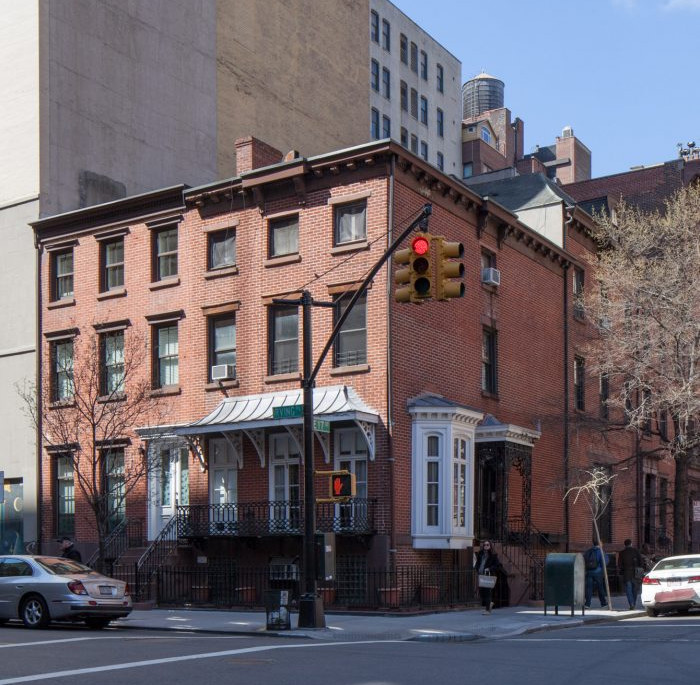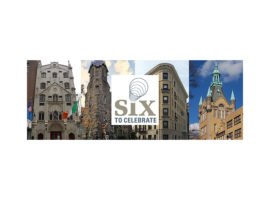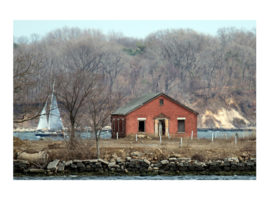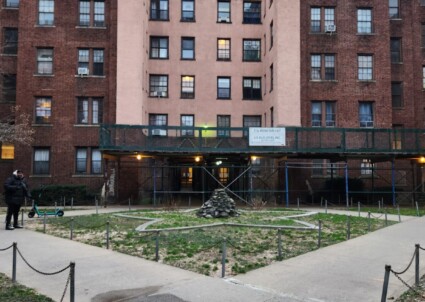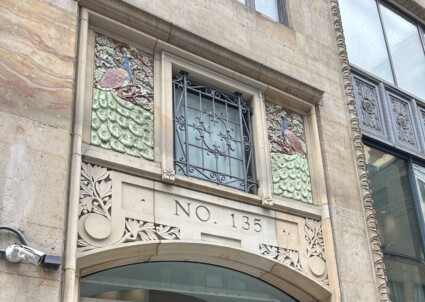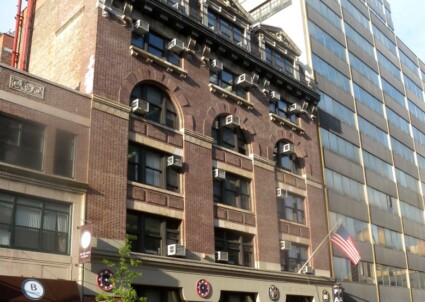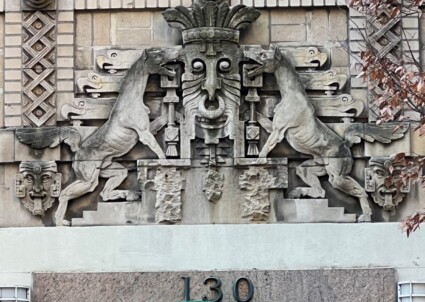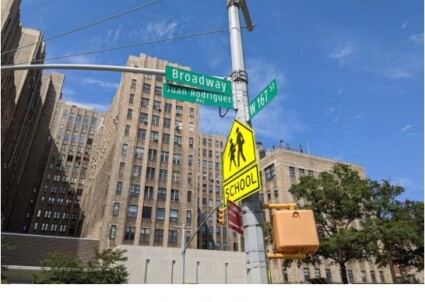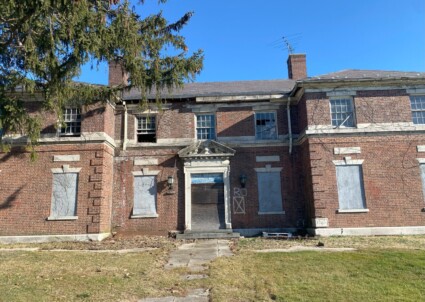Cultural Landmarks, Citywide
New York City is known for many things: Art Deco skyscrapers, picturesque parks, the world’s greatest theater district, venerable museums and educational institutions, not to mention bagels and pizza! But above all of these, New York is most important as home to some of the world’s most fascinating and significant people and as the site of impactful and significant happenings throughout history. The city’s cultural influence is, perhaps, its greatest contribution to the world, and its built environment stands as a grand scavenger hunt of clues waiting to be uncovered. Lucky for us, the city’s Landmarks Law, passed in 1965, provides the legal framework for protecting the physical reminders of the city’s cultural wealth. In fact, one of the stated purposes of the Landmarks Law is to “safeguard the city’s historic, aesthetic and cultural heritage.”
In the first 50 years that landmarks were designated by the City, much emphasis was placed on the historic and aesthetic. In recent years, though, more consideration has been made for the importance of sites associated with people or historical events, rather than just for their architectural or historical value. In 2015, the NYC Landmarks Preservation Commission (LPC) designated the Stonewall Inn as an Individual Landmark solely for its association with the Stonewall Uprising of 1969. In 2018, the Commission designated the Central Harlem—West 130th-132nd Streets Historic District, describing it as “not only representative of Central Harlem’s residential architecture, but the rich social, cultural, and political life of its African American population in the 20th century.” Also, in recent years, Greenwich Village’s Caffe Cino and Julius’ Bar were listed on the National Register of Historic Places as significant and influential sites connected to the Lesbian Gay Bisexual Transgender (LGBTQ) community, The New York Times profiled a historian giving tours of Muslim sites of significance in Harlem, and the City is commemorating some of our most storied and accomplished female citizens with the installation of statues in all five boroughs. Indeed, grassroots preservation activism around the city is also swelling around sites of cultural significance: Tin Pan Alley and Little Syria in Manhattan, Walt Whitman’s house in Brooklyn, Arthur Avenue in The Bronx and a recently-rediscovered African burial ground in Queens, to name a few.
In response to this movement of interest in cultural landmarks, the Historic Districts Council undertook an initiative to highlight such places as one of its Six to Celebrate in 2018. The culmination of that effort was a conference in October 2018 entitled “Beyond Bricks and Mortar: Rethinking Sites of Cultural History.” The conference convened preservationists, historians, artists, planners, place-makers and more to work together to clarify what cultural significance is and how it can work, how to document and create compelling narratives around cultural sites, and how to identify the specific challenges of cultural sites from a preservationist perspective.
This brochure provides just a sample of some of the city’s cultural landmarks, organized thematically and representing all five boroughs. The list includes some sites that are legally protected — in some cases by more than one government body — and some that are unfortunately in danger of being lost. Preserving culturally significant sites that may not possess overtly aesthetic value often requires a particularly active and engaged form of advocacy to achieve protection from the wrecking ball. But, as long as there are interesting people making their mark on New York City and crucial events taking place here, that effort will never be in vain, since those stories are the lifeblood of this vibrant place.
